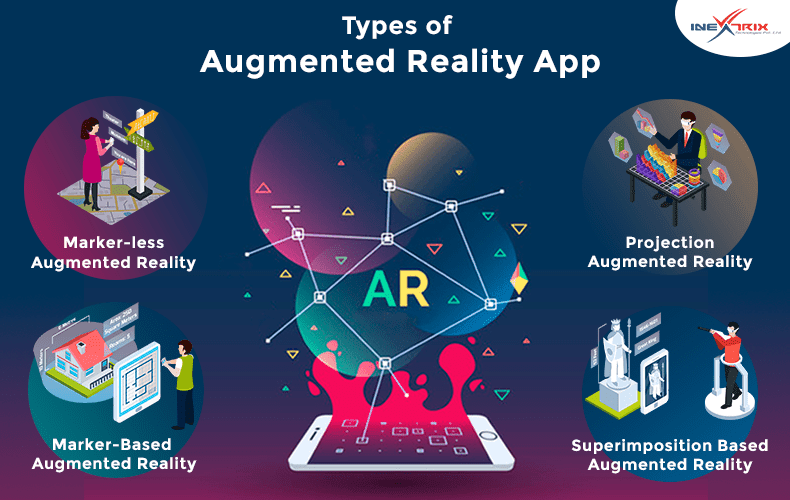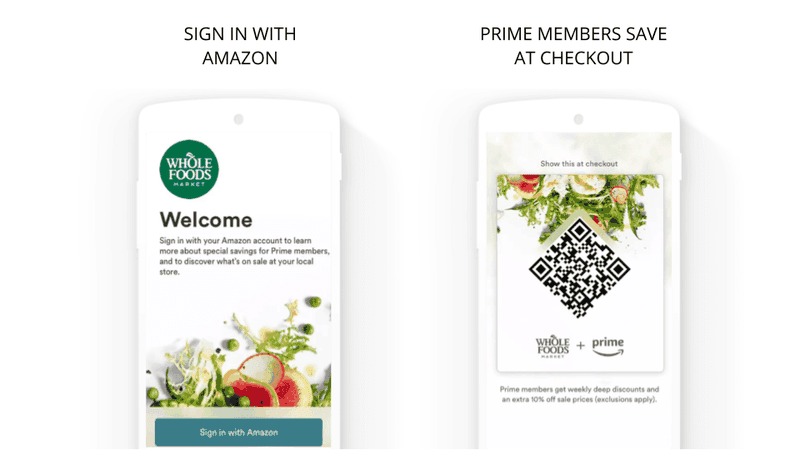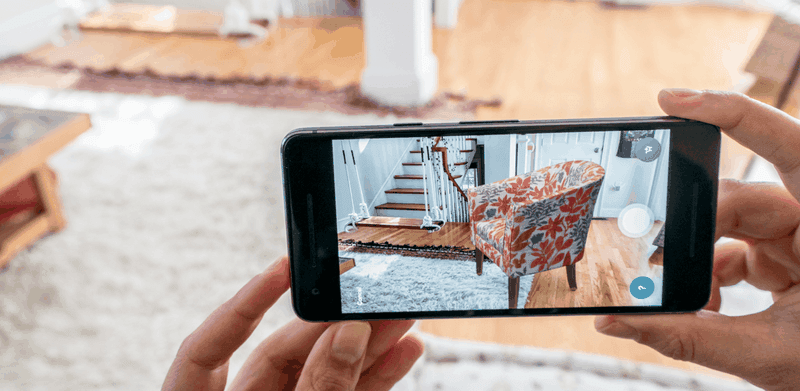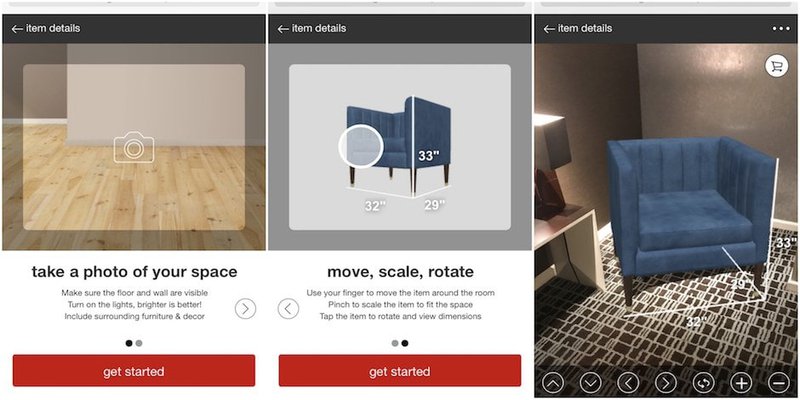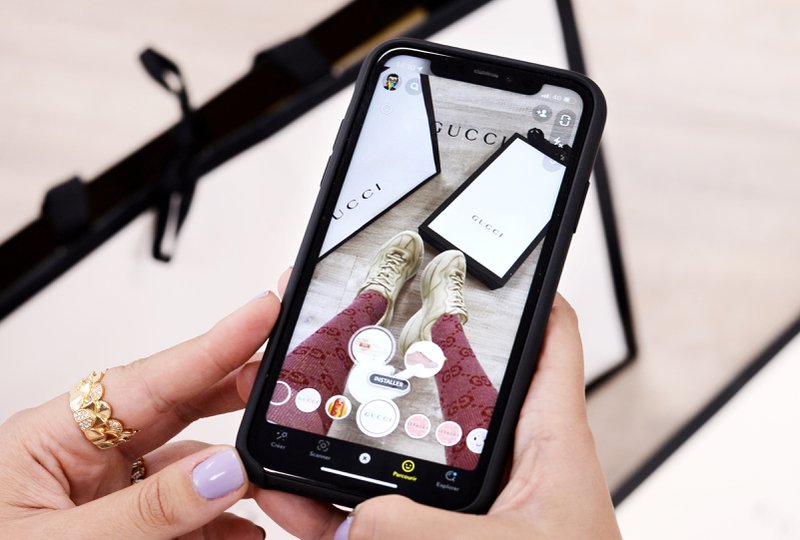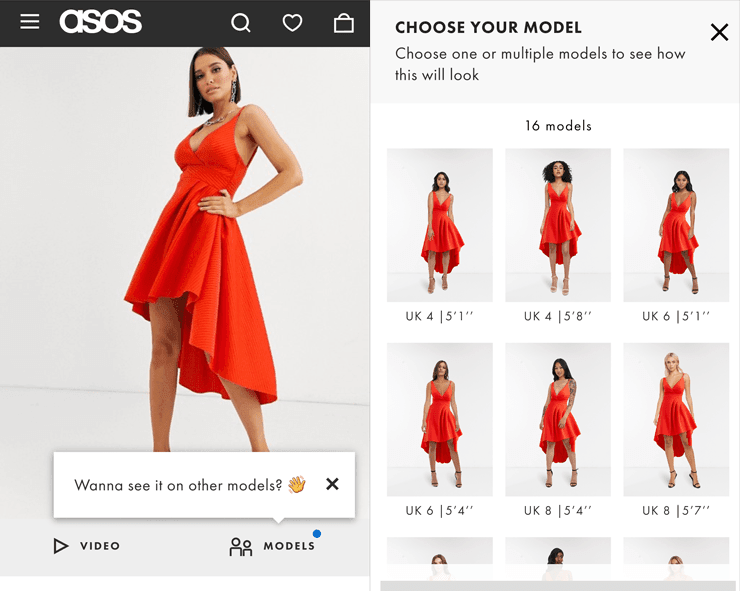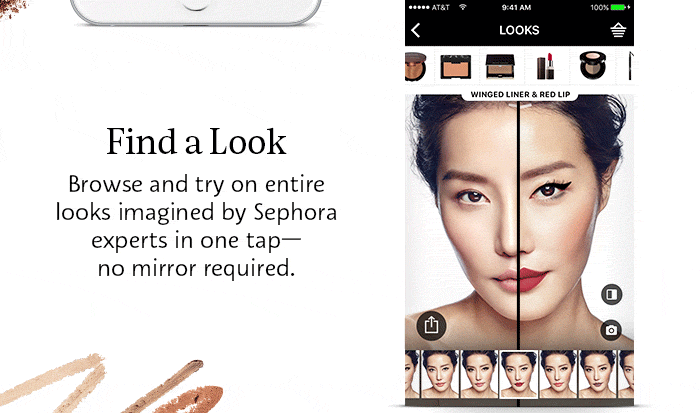The Ultimate Guide to Augmented Reality (AR) for eCommerce
Learn how to use Augmented Reality (AR) to transform the user experience, increase conversions and sales. Here are the tips and tools you need to succeed.
Updated November 6, 2024

What was the last time you virtually tried on something using AR?
The concept of bringing products into 3D for consumers to try on using their smartphone is not the future of retail, it's already here. The pandemic left a lot of people stuck in their homes, without the ability to physically try on products in stores which essentially sped up the mass adoption of AR in the e-commerce industry.
Augmented Reality has been making it possible for eCommerce brands to improve their sales and helping customers really experience products without having to go to physical stores.
Not only brands are earning more sales from this technology, but also customers are enjoying this new-age customer service. Experts predict that over 85 million US consumers will be using AR by the year 2024. In addition, AR research firm estimates that the yearly revenue of AR advertising will reach $8 billion by 2024.
In this post, we explore how eCommerce brands can leverage AR technology to offer a better user experience to their customers and drive more conversions.
Let's dive in.
What is Augmented Reality?
Augmented Reality is a visual technology that includes three essential features: timely interaction, a balanced combination of virtual reality and the real world, and 3-Dimensional registration of real and virtual items.
AR has a lot of advantages for retail, particularly for the e-commerce industry where customers want to virtually "try on" their items before they buy them.
Though people are getting more familiar with online shopping, there are still some products that consumers want to try on physically. This might hinder conversion rates and even bring friction in providing a robust user experience.
That is why big eCommerce companies like DTC furniture brand Burrow are using AR-driven applications that permit customers to place 3D models that display the actual dimensions of their products. 67% of advertising companies make use of AR to market products and services.
Different types of augmented reality applications
We have a few varying kinds of AR applications that come with different features and purposes. Let’s take a look at each one and how it is used by eCommerce brands.
Marker-based AR
Another name for this AR application is recognition-based or image recognition AR. It works by detecting the marker or object that the camera sees on the screen and delivering the object's information to the user.
When any device detects the marker, the AR application in that device displays the 3D display of that marker on the screen. This way, users can grasp more details of the object and get multiple angles to view it properly.
Marker-based AR also leverages QR code technology and builds an AR code. These are QR codes with markers of AR.js. It easily redirects users to the augmented reality mobile or web application. You can create a QR code along with the functionality of AR by using a credible online AR code generator.
QR codes are used in everything from packaging to payment to online orders. One example is the QR code that Amazon uses to help Prime members checkout at its Whole Foods stores.
Markerless AR
This type of AR doesn’t require prior knowledge of a user’s environment. Users simply overlay the virtual 3D content into a scene and hold it to a fixed point in space. This is used in the home decor industry where users can hold their phone up to their room and view a piece of furniture in 3D in their space.
Here’s an example of Wayfair’s mobile application that uses markerless AR to help users see their top picks in their space.
Location-based AR
Location-based AR users can see the virtual content at specific geographic locations. One of the best examples of location-based AR is the hugely popular game Pokemon Go. This type of AR helps bridge the gap between physical and online retail as retailers launch omnichannel strategies for users that shop online and pick up in-store.
Projection-based AR
In Projection-based AR, physical surfaces are subject to synthetic light projection. Users can efficiently interact with it to simplify complex manual tasks involved in manufacturing, processing, and assembly. Think: Google Glass.
Benefits of AR for eCommerce
There are several benefits of using augmented reality for the eCommerce industry. Here are the main ones.
Improve user experience and boost conversion rate
AR is highly interactive and makes it easier for consumers to stay on your site or mobile app for extended periods of time, which increases the chances of them actually buying your product.
Also, even if they don't make a purchase, an improved engagement implies customers are starting to build connections with your services and brands. And a higher visit duration helps with your organic rankings.
Enhance consumer satisfaction and decreases product return rate
Rather than a static picture or a video of a product, customers can gain more extensive information about a product through AR tools.
Aside from providing 3D visuals, a business can also allow buyers to see how the item will look at the buyer's space. Giving them a preview of what they are investing in will make their user experience with your brand much better.
In fact, according to the 2019 global report by UPS, around 27% of online buyers tend to return a product when their purchased item does not match its description on the site.
Hence, when a brand uses augmented reality to offer a digital try-on, it really boosts that digital experience and helps bring the products to life. Customers can have a 3D immersive experience with the product in a digital environment.
This way, eCommerce companies can reduce high return rates on their site and reduce their costs as shoppers make more informed purchase decisions.
Offer more personalized buying & unboxing experiences
As we know, AR can be super interactive with users, making the shopping experience for buyers much better. It gives buyers complete control over the virtual items in their space, giving them a personalized 3D experience and building an enhanced connection with brands.
Brands can use 3D tech for product packaging by displaying digital images and videos that overlay in 3D as the user points their smartphone at the product.
Multiple studies show that augmented reality boosts customer engagement and brings better conversion rates for eCommerce companies. One study from Deloitte found that 40% of online buyers will readily pay a higher price for products if they get to try them through AR technology.
Brands like Jack Daniels are using AR as an overlay to showcase the rich history of their product.
Decrease friction in the customer buying journey
Despite the quick adoption of eCommerce sales, there are still some issues that digital consumers face. Augmented Reality can significantly reduce them.
Some of these issues involved getting in-depth information on valuable products like large furniture. Technologies like AR and virtual try-on (VTO) can help them find answers to their specific queries and concerns. For example, users can see the actual dimensions of a couch by themselves without needing the support agent's assistance.
Launch new products on social media using AR filters
AR technology is a great way to amuse customers and create a buzz around a brand. Creating a highly entertaining AR campaign will help you reach more shoppers.
For example, AR technology in social media filters like Instagram and Snapchat is the best way to introduce new launches to the audience.
Companies like Netflix, Gucci, H&M, Adidas, and Lego actively release their new launches through AR filters on Instagram. This strategy is beneficial as 60% of users tend to discover new products through Instagram.
Examples of eCommerce brands that use AR
Here are some examples from the world’s biggest eCommerce retailers that use augmented reality to increase their conversions.
ASOS
ASOS is a well-known eCommerce brand in the fashion industry that is currently serving approximately 22.3 million active consumers globally. Since 2020, the brand has been accelerating the use of augmented reality through its app.
In collaboration with ZeeKit, ASOS effectively stimulates natural photography on its models to showcase its products with its AR-driven tool "See-my-Fit".
This strategy results in increased view counts on their products, up to 500 product views each week. It virtually maps out products onto models considering aspects like cut, fitting, and sizes of each apparel. The feature is highly engaging and convenient for customers.
As per recent data by Shopify, on the relationship of AR technology and eCommerce sales, advertisements using AR content brought 94% higher conversation rates than the ones that didn't.
IKEA
IKEA uses augmented reality in the AssembleAR app, which assists users in unboxing and setting up IKEA's products. This app is built on the AR tool named ARKit, an Apple innovation.
The app uses original layouts and
drawings of the company's paper manual and layers it with real-world references and 3-dimensional animations. AssembleAR greatly improves customer satisfaction as it makes product assembly a breeze.
LensKart
Lenskart is an eyewear company that offers a "3d try-on" for both its online and in-store shoppers. It scans the customer’s face and then lets them try on different pairs of glasses. It helps users find the glasses that fit their style and get detailed buying guides.
Sephora
Sephora has the AR beauty try-on that allows buyers and consumers to try on hundreds of their makeup products virtually. Customers can check out different lipstick shades on their faces, eye shadow palettes, and even fake lashes.
Moreover, the most unique and inventive thing that the Sephora AR tool does is that it helps customers achieve their ideal look. Usually, customers can only try one color in person, in a physical store.
The app takes customers through a virtual beauty guide that lets them choose virtually any color and type of makeup, and includes influencer videos explaining how to use it. Ever wanted to try on those darker lip colors? Now is your chance 😉.
A recent 2020 report by the popular beauty brand L'oreal found that AR technology that offers a virtual makeup "try on" feature can increase sales by 27-34%. This is a remarkable development in the beauty eCommerce space.
DFS
DFS is one of the largest sofa shops in the world and it offers AR-enabled 3D visualizations to its shoppers. The technology allows users to scroll through over 10,000 sofas in their space with true-to-original dimensions.
Though other home decor businesses also offer such AR services to their customers for their products, DFS stands out due to its uniqueness. Not only customers can see if the furniture suits their living room, but they can also see themselves walking around it. It makes the air interaction entertaining and engaging to customers.
Even though DFS retail stores have been physically closed since the start of the pandemic, AR implementation is helping them increase conversion rates and sales for their online stores. In 2021 alone, DFS increased its conversion rates by 112%, sales by 106%, and saw an ROI of 22X.
Wow your customers with AR
AR provides a practical solution for products that customers need to try on before they buy them online. It’s useful, interactive, and provides a really unique shopping experience for the customer.
Augmented reality is surely on a path to revolutionize the entire industry and will become a standard for all leading brands that want to remain competitive in this ever-growing market. Feel free to try out these strategies and assess the result yourself. If you do it right you will surely drive more conversions for your brand.
